
Samoo Architects & Engineers recently unveiled the design for the new National Research Center for Endangered Species which is to be located in Yeongyang-gun, one of the cleanest environmental areas in Korea.
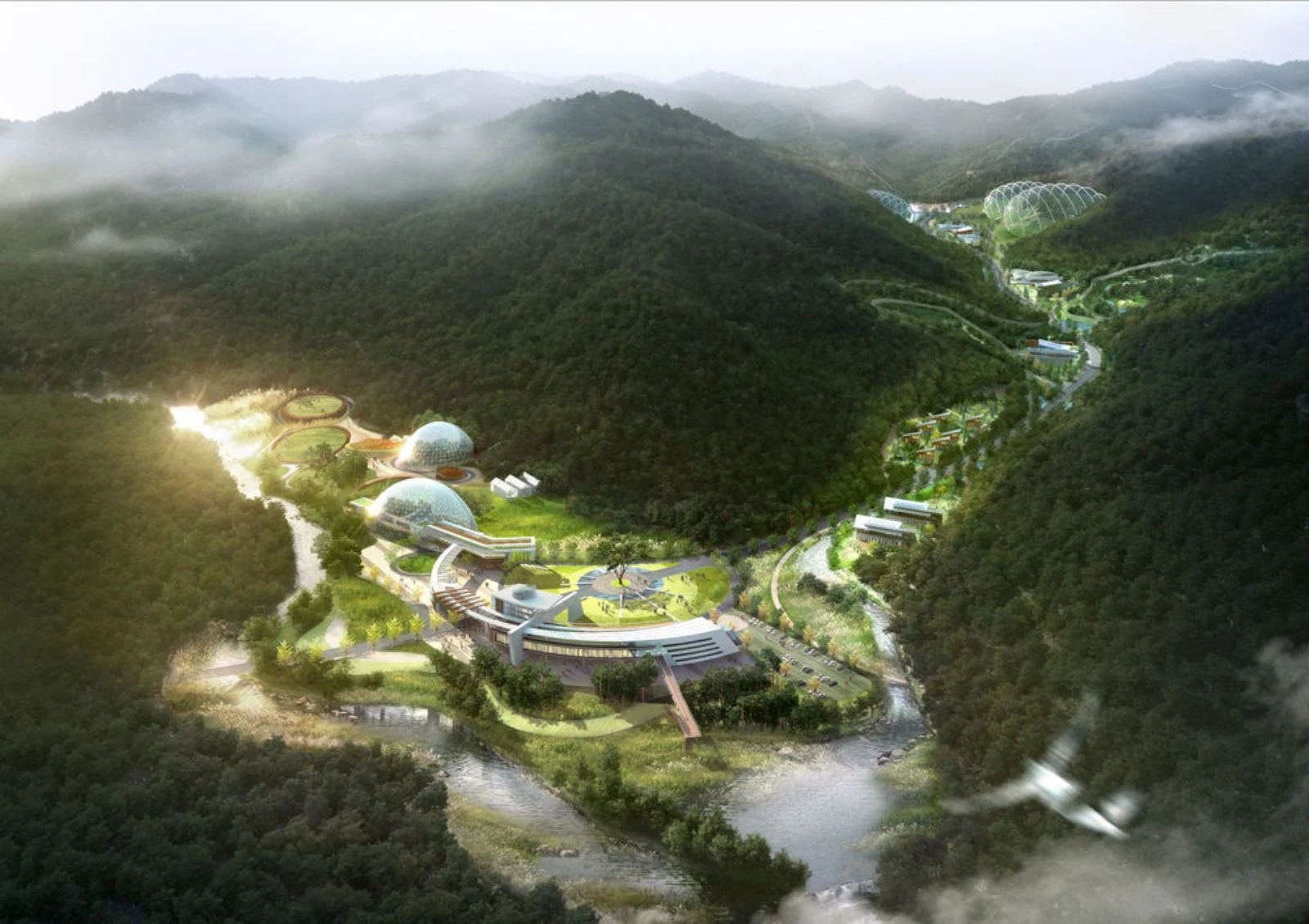
The complex is aimed to provide a hub for the study, education and research on rare plants and animals of the Koreanpeninsula. the masterplan of the complex tries to harmonise with the surrounding topographies while maintaining its functional features by dividing the complex into three zones; Core, Refresh, and Research.
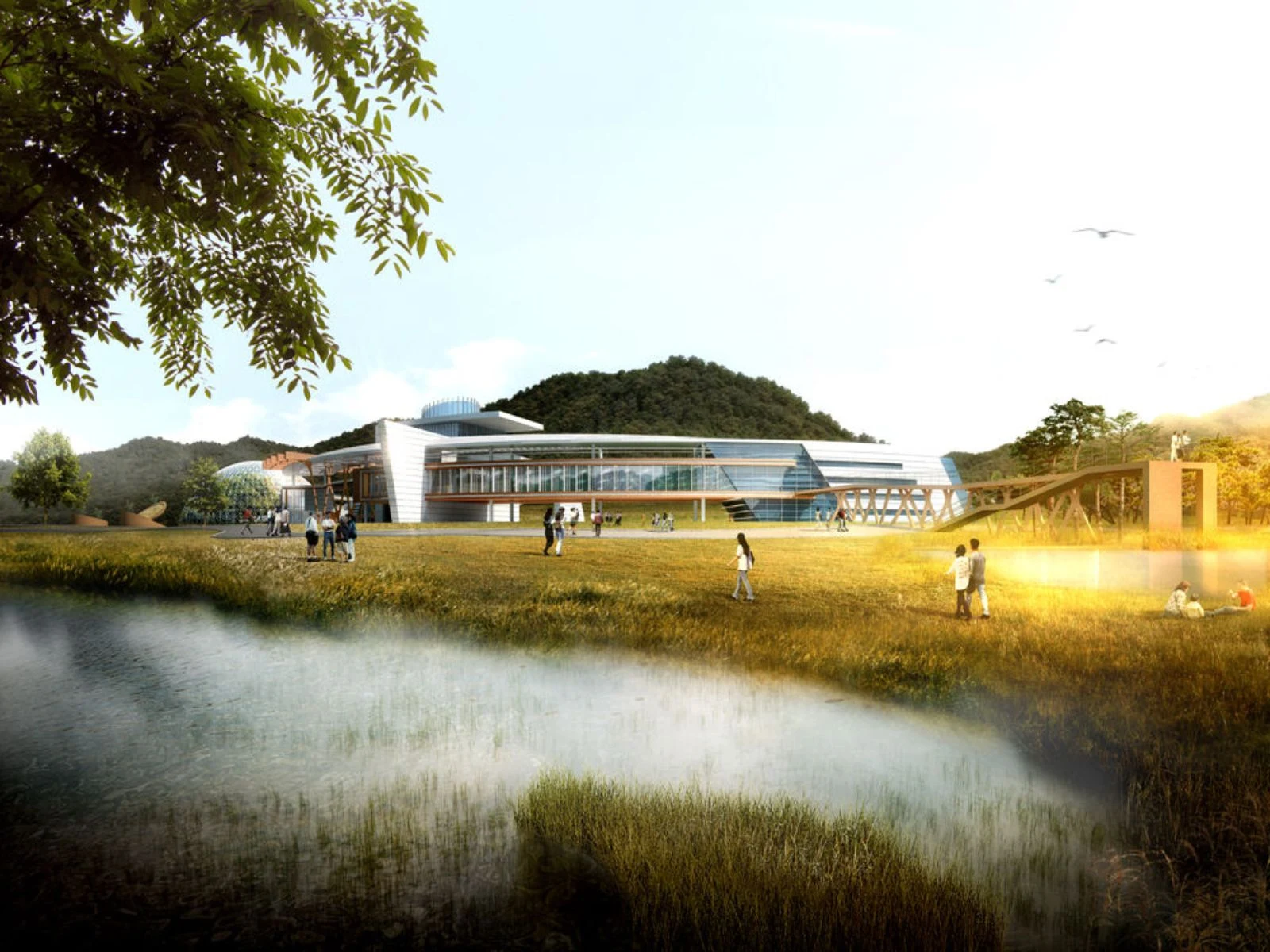
The Core Zone consists of the visitor's centre, office building and a quarantine facility which are all located around a radial central plaza. the location of the Core Zone near the entrance of the complex ensures easy accessibilities while guaranteeing the quarantine of all plants/animals before entering into the research centre.
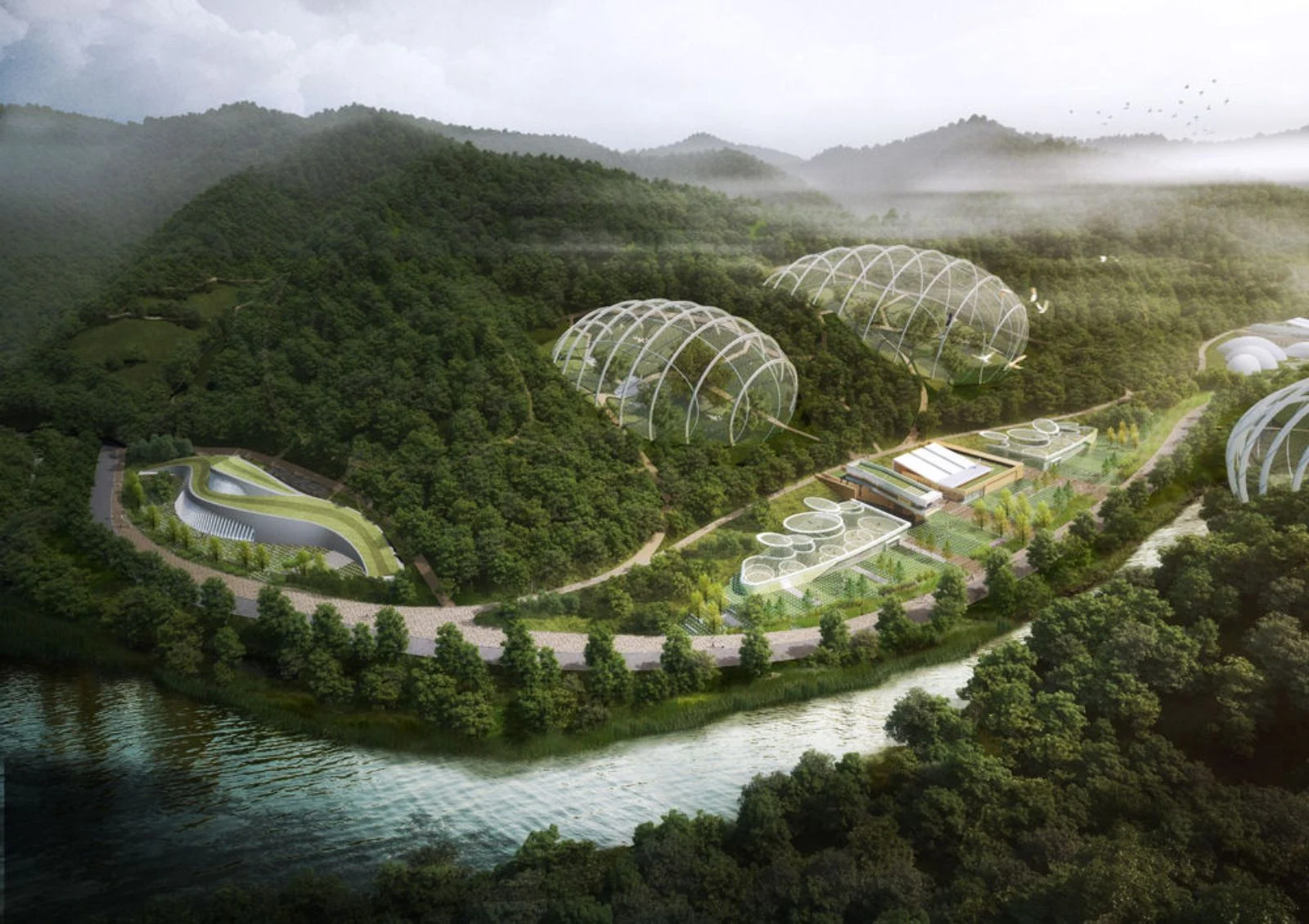
The Refresh Zone consists mostly of guest-houses which will be provided not only the visitors but also researchers dispatched from other organisations. the Research Zone which provides the fundamental features needed for the complex is designed around a modular unit called the 'Cell Unit'.
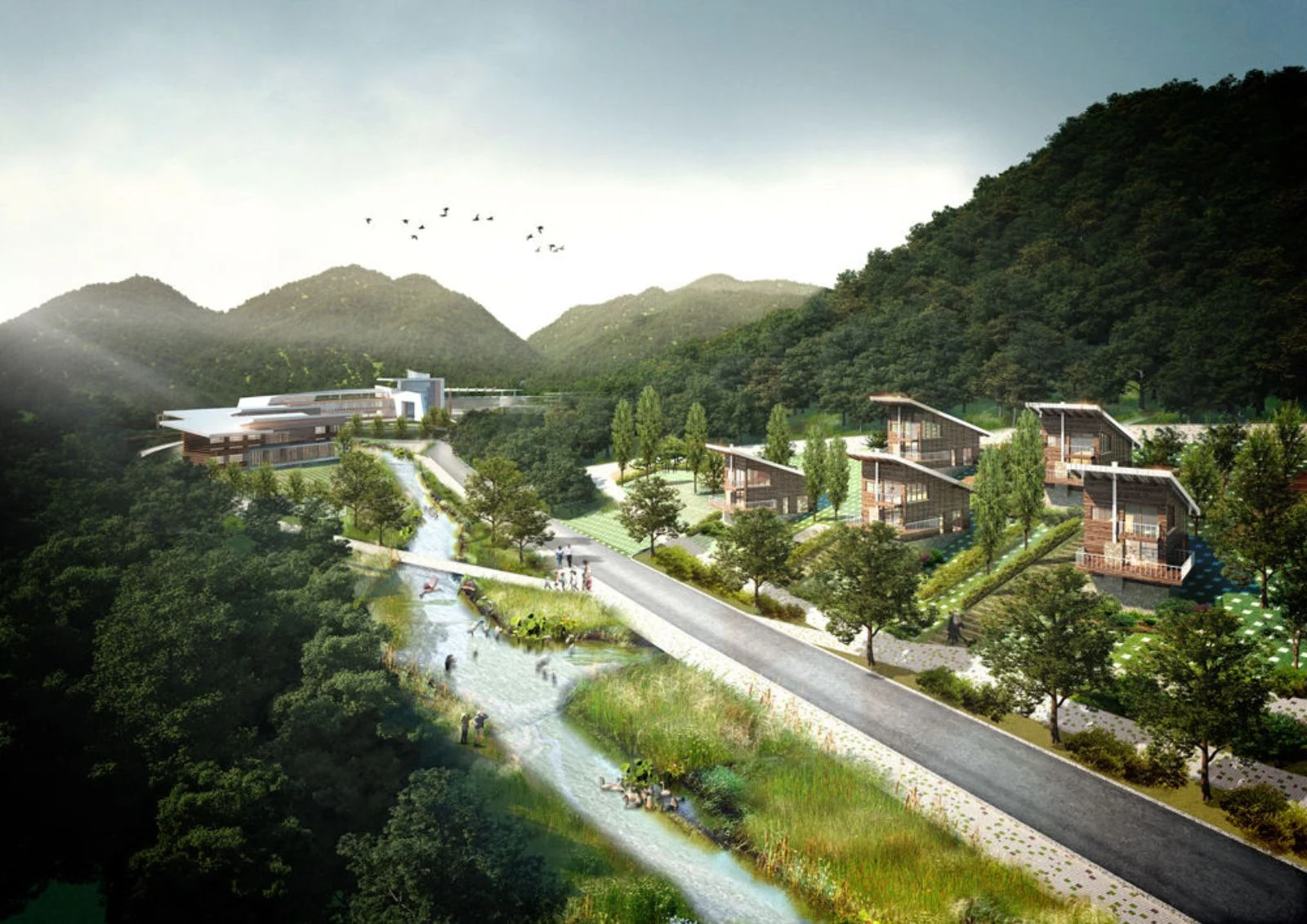
The Cell Unit is a combination of indoor/outdoor breeding farms that is grouped with research facilities. These units will provide flexibilities for future expansions according to its needs.
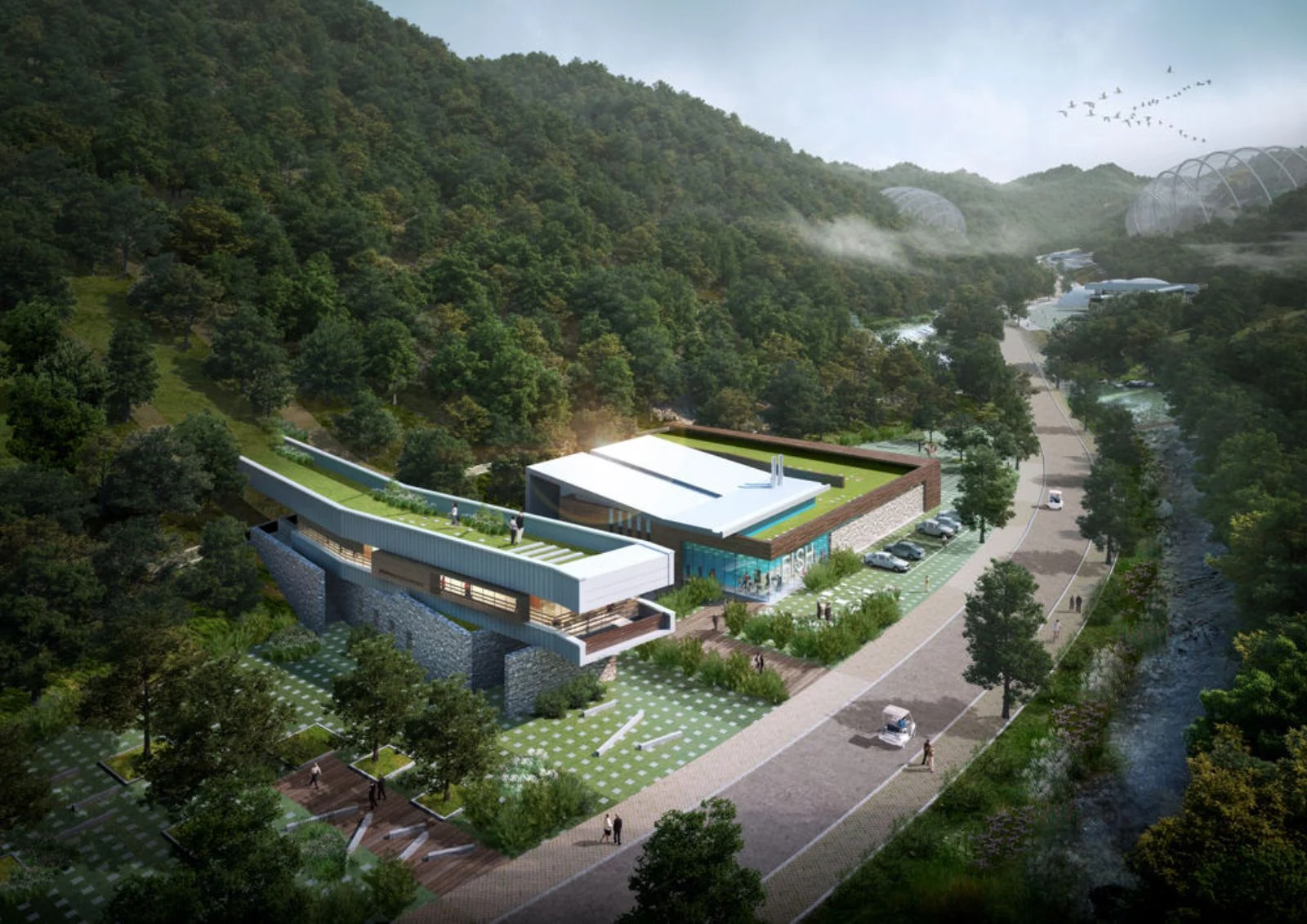
With a southward orientation for the buildings with consideration to wind paths that were simulated with Cfd analysis, the research centre aims to provide an eco-friendly complex that ensures the maximum level of sustainability.